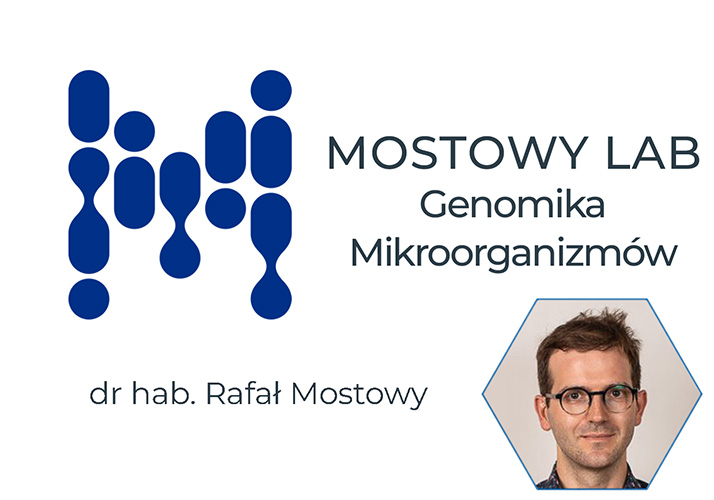
We are a research group working on evolutionary genomics of infectious bacteria and viruses. We use bioinformatics to learn from microbial evolution, thus helping design better medical interventions against infections.
Our group works on the evolution of clinically relevant bacteria. In other words, we try to:
- characterise the genetic and phenotypic diversity in disease-causing bacteria,
- understand the main driving forces behind the emergence of such diversity, and
- quantify the impact of this process on bacterial populations.
Broadly speaking, our research is focused on improving our understanding of bacterial evolution using genomics and bioinformatics. This is important not only to have a better idea about the emergence of microbial biodiversity, but also to understand the medical implications of such evolution (e.g., in response to vaccines and antibiotics).
Our specific focus is to provide insight to interactions between bacterial surface sugars and bacterial viruses called phages. Bacteria are very often coated with such sugar molecules, and phages have the ability to dismount them using highly optimised enzymes. Our group studies the interaction and co-evolution between these sugars and phages by combining genomics, bioinformatics, microbiology and structural biology. Our research has important medical implications as results of our studies will help us understand the potential of using molecular weapons derived from phages against bacterial infections which are difficult or impossible to treat with antibiotics.
What we do has a direct implication for the society for two main reasons.
- First, a good understanding of the microbial population dynamics is important for the rational design of vaccine and antibiotic use to minimise the disease burden in the short- and the long-term.
- Second, understanding where the microbial diversity comes from and how it is generated can help us predict antibacterial drug targets and novel classes of drugs which minimise the rise of bacterial resistance against such treatments.

